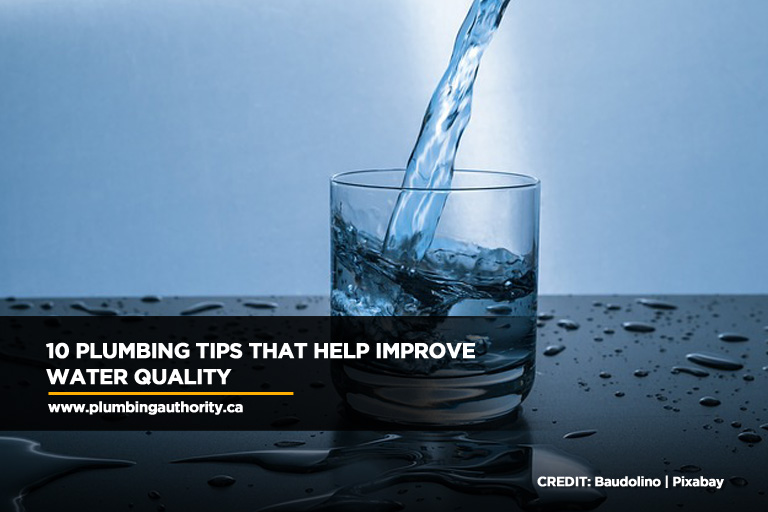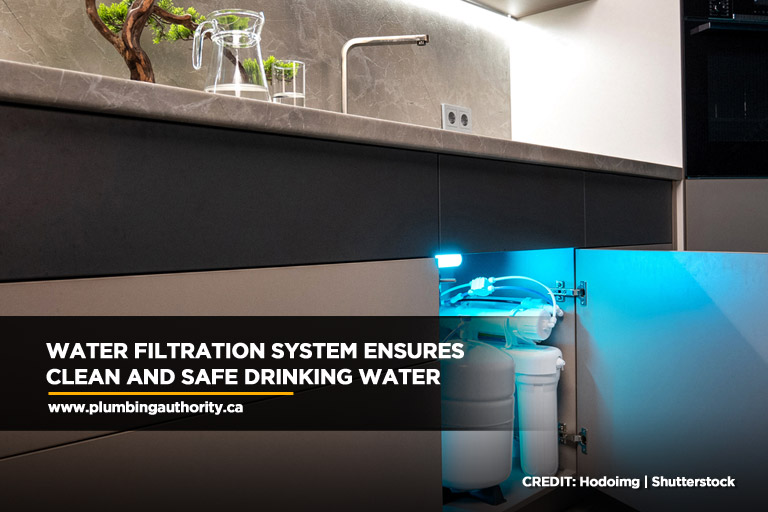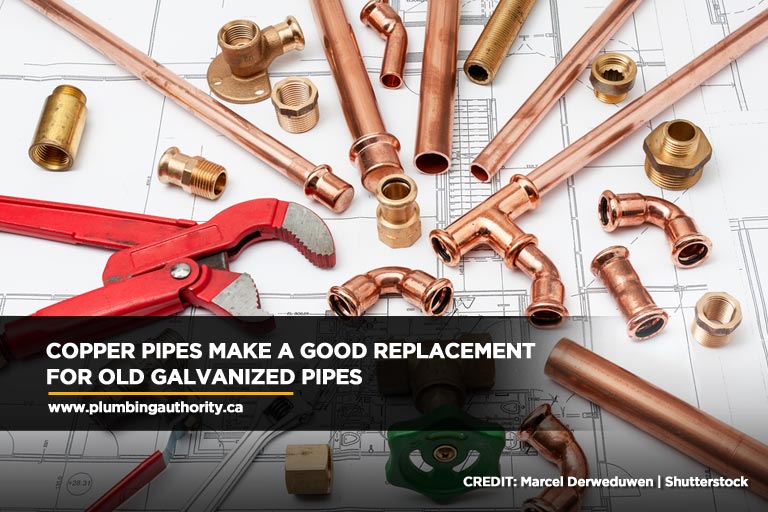
Everyone should have free access to safe and clean water, but it is not always the case in today’s world. Consuming contaminated water can put you at risk of various health problems that trigger unpleasant symptoms, such as vomiting and diarrhea. The World Health Organization reported an estimated 435,000 deaths each year due to the consumption of contaminated water.
Luckily, there are a few water quality improvement projects that you can do to protect you and your family from life-threatening diseases. In adopting these methods, you can ensure that you have access to safe, clean, and good-tasting water at all times.
Here are some basic plumbing tips and home improvement projects on how to improve water quality in your home.
1. Test Your Water
A water quality testing kit is the easiest way to check water cleanliness and safety in your home. Measuring water quality will provide you with accurate indications of the presence of water contaminants to determine if the water is safe to use or drink. In case your water proves unsafe, contact a plumber to help you determine the best solution that will ensure your water is safe for consumption.
2. Install Water Filtration System

Installing a water filtration system is one of the most effective solutions for water quality improvement. While there are various filtration systems options you can choose from, you must have it installed by a licensed plumber in Caledon to ensure efficiency.
- Kitchen Filters: Installing a simple filtration system under the bench helps improve the water quality in the kitchen. It ensures that you have a healthy and good-tasting drinking or cooking water.
- Shower Filters: Fitting a filter into the showerhead helps improve the water quality of your showers. It helps get rid of contaminants, such as metal and other tiny particles, resulting in healthier hair and smoother skin.
- Whole House Filters: If you want to ensure good water quality throughout your house, a whole house filtration system is right for you. Instead of installing water filters at specific points, the plumber can install it at the main points of entry to your home so you will have the best quality water for drinking, cooking, cleaning, and bathing.
3. Flush the Water Line
It is a good plumbing practice to regularly run cold water taps for 2 minutes before using your tap water for drinking or cooking. If water is sitting in your pipes for several hours, harmful metals and disease-causing bacteria can potentially leech and contaminate your water supply, making it unsafe for consumption. If you have been away from your home for several hours, make sure to run your cold water for at least 2 minutes before filling up your pitcher or bottle to bypass potential contaminants.
4. Get a Water Softener
If your water contains minerals, consider installing a water softener to remove calcium, iron, and magnesium from your water supply. Getting rid of minerals ensures safer and better-tasting water, as well as prolonging the life of appliances, such as dishwashers.
5. Use Cold Water
Health experts do not recommend using hot water from the tap for drinking and cooking purposes. Instead of getting rid of harmful contaminants, hot water can dissolve chemicals, which can be harmful to your health. On the other hand, cold water is safer and healthier to use as it isolates nasty bacteria, which improve the water quality in your Toronto home.
6. Change Filters Regularly
Over time, your filter cartridges will accumulate harmful bacteria and metals. To ensure its efficiency, follow the instructions. Without proper maintenance, your filtration system will get clogged and eventually degrade in performance until it can no longer filter harmful contaminants efficiently.
7. Use Faucet Aerator
Faucet aerators are screens located at the end of the faucet and are the last line of defense against contaminants for many tap water consumption. Over time, the amount of buildup filtered by the faucet aerators can affect the quality, pressure, flow, and taste of your water. You can easily fix or replace your old faucet aerator. You just need to screw it in and out.
8. Replace Old Faucet
Old kitchen and bathroom faucets need to be replaced as they eventually rust and develop mineral deposits. Corrosion and mineral deposits can affect your water quality and reduce water flow in your home. Plumbers recommend replacing your fixtures every 15 years to ensure good water quality.
Replacing old faucets with new efficient models is an easy DIY plumbing project. Although you can easily carry this out, you can contact a plumber near you if you are unsure of the process.
9. Update Old Plumbing Pipes

When your old galvanized plumbing pipes rust, it can cause premature wear and damage to your appliances. Look for signs of corrosion in the dishwasher. These indicate that you need to update your old plumbing pipes. While corroded pipes do not necessarily affect your drinking water, the problem becomes evident in the hot water supply. It can affect bathing and showering, as well as the use of your washing machine and dishwasher.
Installing a filter on the hot water pipe helps ensure water quality improvement. However, it is only a temporary solution because the filter will eventually decay and will require a full replacement.
Use copper or high-quality PVC to replace your old galvanized plumbing pipes. Whichever you choose, a plumber can provide you with an estimated cost for both options.
The next time you plan your home improvement project, whether it is a bathroom renovation or kitchen remodelling, make sure to consider checking our old plumbing system if it needs an upgrade to avoid any potential rust problem in the future. Upgrading your existing plumbing pipes before corrosion sets in can help prevent rust stains on clothing and dishes.
10. Drain Water Heater
Sediment buildup is a common problem in traditional hot water heater tanks. Draining your hot water heater helps get rid of the sediment buildup, increases the life expectancy of your water heater, and ensures the improvement of our water quality.
To guarantee that it performs efficiently, refer to the manual provided by the water heater maker for recommendations. While some recommended annual full draining, other manufacturers advise users to drain 1 gallon every month.
Water quality is an important aspect of daily living. You should never take it for granted and always make sure that you have a safe water supply.
To help you maintain the safety of your water supply, turn to a trusted plumber in Caledon. Call Plumbing Authority Inc. at 647-992-PIPE (7473) and let us know about your plumbing concerns.




